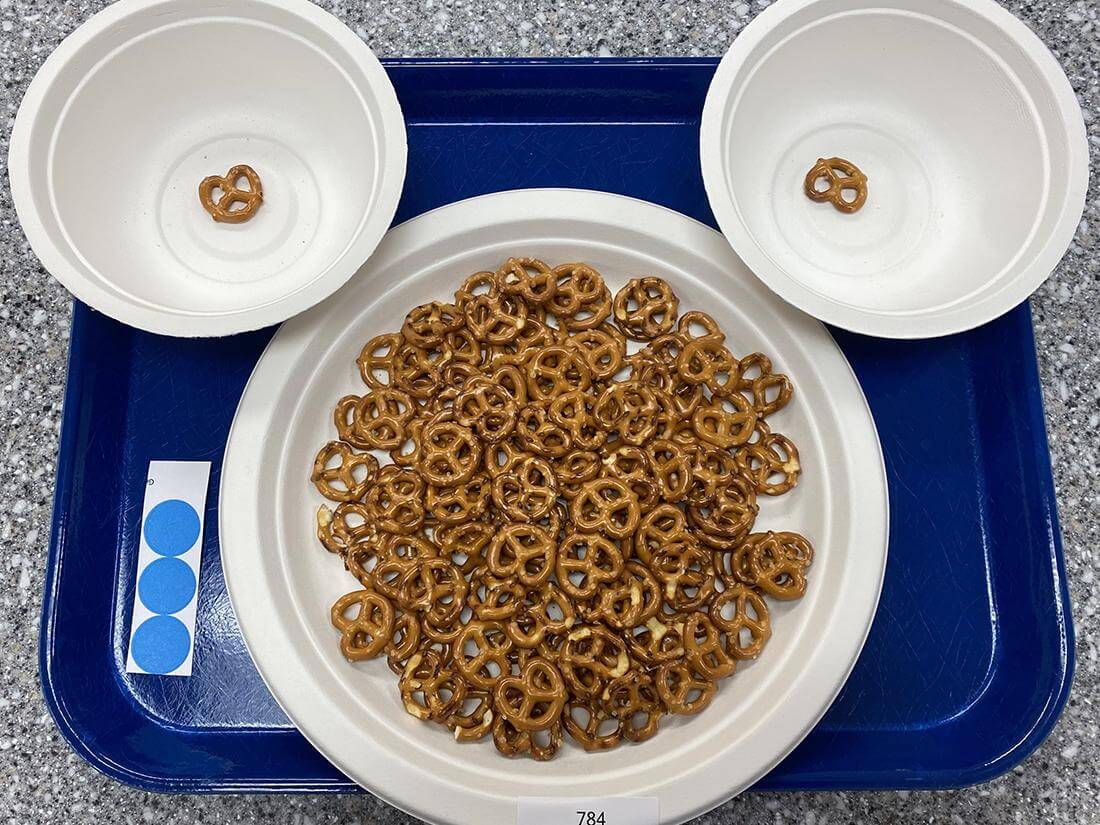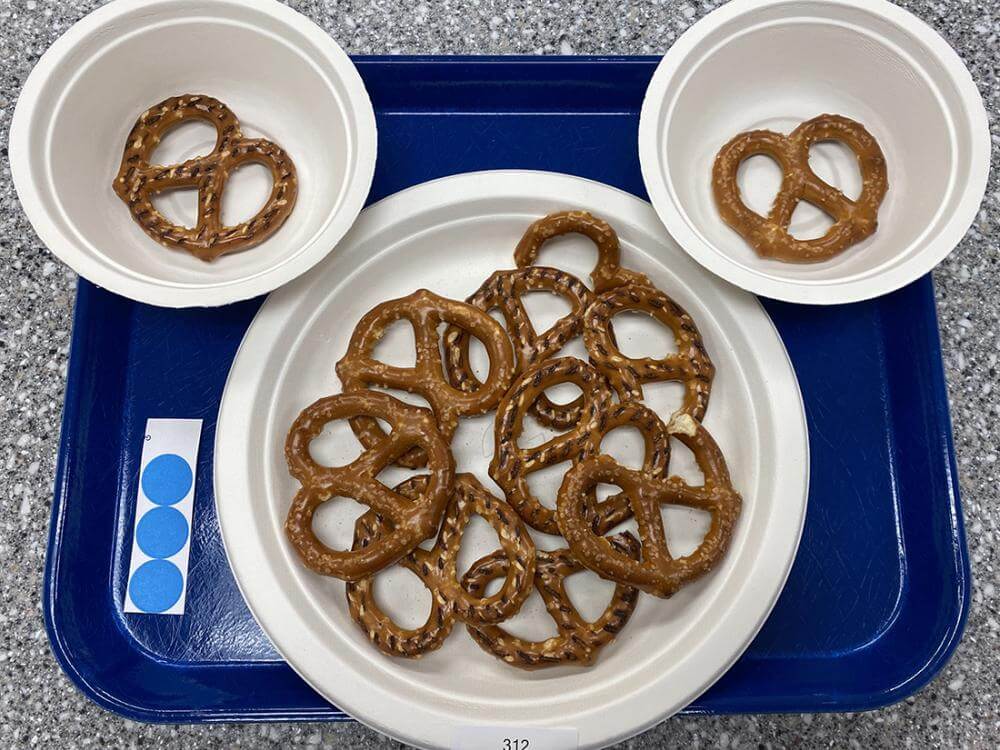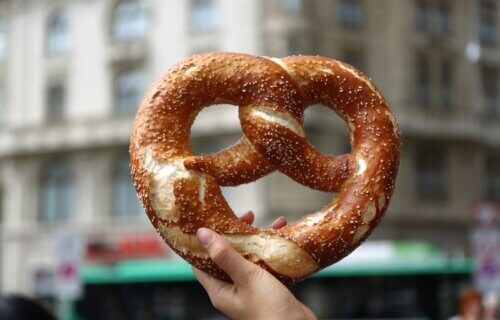UNIVERSITY PARK, Pa. — The size of your pretzel not only impacts how quickly you eat it, but how many salty treats you end up eating, according to Penn State researchers. With almost a quarter of daily calories in the United States coming from snack foods, these findings may help deepen the understanding of how eating patterns affect calorie and sodium intake.
A team of food scientists explored how the size of pretzels affects overall intake, eating rate, bite size, and how much time you spend snacking. The study revealed that people eat larger pretzels quicker and with larger bites. The opposite was true for smaller pretzels. However, despite eating less and taking smaller bites, these tiny pretzel eaters still consumed more salt.

There were 75 adults who participated in the study who ate three different times. The oversized snack was nearly 2.5 servings and came in one of three sizes of pretzel: small, medium, or large. The researchers video-recorded each snacking session to calculate the rate and bite size and measured how much each participant ate in terms of both weight and calories.
When participants recieved the same amount of food, how much they ate (as far as both snack weight and calories) depended on unit size. The participants consumed 31 percent and 22 percent more of the large pretzels compared to the small and medium pretzels, respectively. Also, the largest pretzel size resulted in the fastest eating rate and largest average bite size.
“The study suggests that food structure — texture, size and shape — can be used to modulate eating behavior and food intake,” says corresponding author John Hayes, a professor of food science and director of the Penn State Sensory Evaluation Center, in a university release. “Food geometry, specifically unit size, is of particular utility for snack foods. We’re interested in how the material properties of foods can be harnessed to help people eat less without impacting their enjoyment.”
Further, the team shared that after accounting for eating behavior, pretzel size alone didn’t significantly affect how much a person ate, suggesting that the eating behavior the different pretzel sizes brought about was what drove total intake. This suggests that larger pretzels could make someone eat quicker and take larger bites, which makes theoretical sense.

“So, we’re suggesting that if you’re trying to watch your calorie intake or are trying to reduce the amount that you’re eating in a snack, then maybe a smaller pretzel would meet your needs better, because of the inherent way the size of the pretzel affects your eating rate,” says Madeline Harper, a graduate student in food science and lead author on the study. “But if you’re more worried about hypertension or the amount of sodium you’re consuming, the larger pretzel might be better for you, because you’ll consume less sodium in that treatment, even though you might consume more grams of pretzel.”
A Dietitian’s Take
The idea that geometric properties of food can impact overall intake is not new. The amount of ultra-processed foods that make up the typical American diet continues to be high.
Educating people on the importance of reducing their intake of high-fat, sugar, and salty snacks is likely only part of the battle. Food science has been used to make these foods highly palatable, visually-appealing, and leave people wanting to go back for more.
Therefore, using food science to better understand eating behaviors could be a useful tool for tackling the issue from a different angle. Regardless of size, be sure to read the labels on your snack foods to have a greater understanding of what you’re buying and consider factors like calories, salt, sugar, and ingredients in order to feel more informed about your snack choices.
The findings are published in the journal Appetite.
